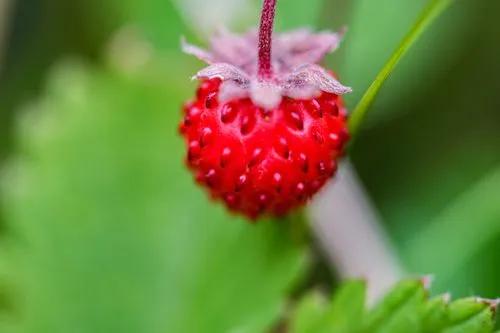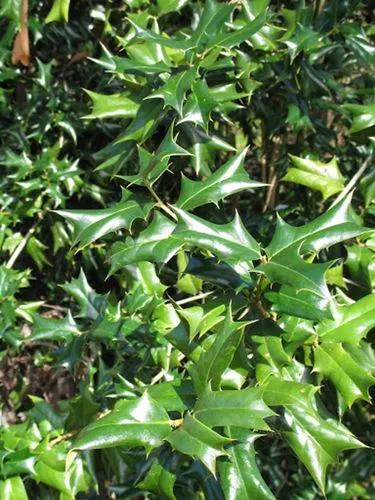Fuji Apples are a well-known variety known for their crisp texture, long storage life, and sweet flavor. They are a Japanese hybrid resulting from a cross between Red Delicious and Virginia Ralls Genet. Growing Fuji in your garden provides you with delicious, sweet-tasting apples that are great for eating fresh or making cider. They have beautiful red skin, medium size, and large yields that ripen late in the season and can be pollinated by Gala, Golden Delicious, Jonathan, Red Delicious, and Lodi varieties.
Fuji Apple Tree Care
Malus Domestica 'fuji'



Fuji apple trees are known for their wide spread, reaching 15 to 20 feet (4.5-6 meters) in width. The fruits are sweet, containing 10 to 18 percent sugar, perfect for eating fresh or using in pies and sauce. The tree blooms with beautiful creamy white to pink flowers that emit a sweet fragrance, attracting bees and other pollinators. The apples themselves are round, medium to large in size, with yellowish-green skin often tinged with pink or red, and sometimes displaying attractive stripes. The tree also features glossy oval leaves with rounded teeth and pointed brown leaf buds.
How to Care for the Plant

Container

Usually, a 5-gallon (19 liters) container is great for growing Fuji Apples before planting them in the ground.

Fun fact

The apple got its name after the famous Japanese mountain.

Popularity

917 people already have this plant 135 people have added this plant to their wishlists
Discover more plants with the list below
Popular articles






